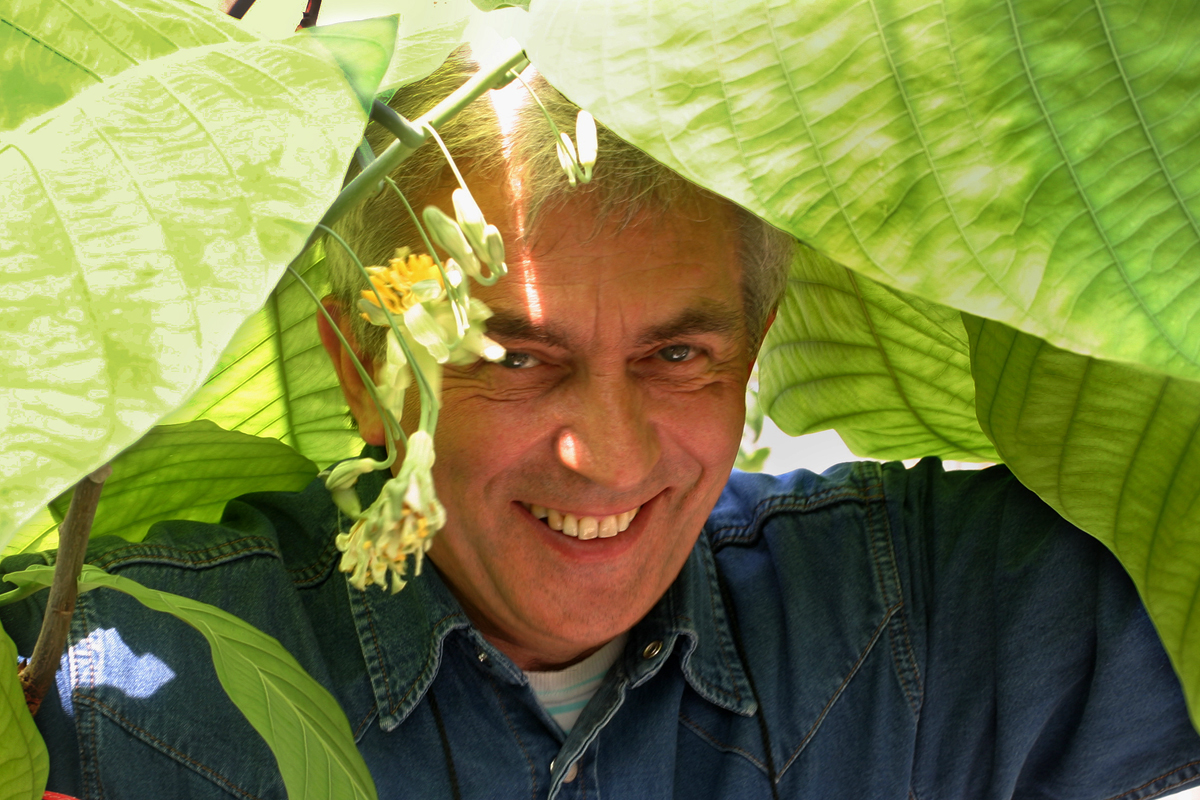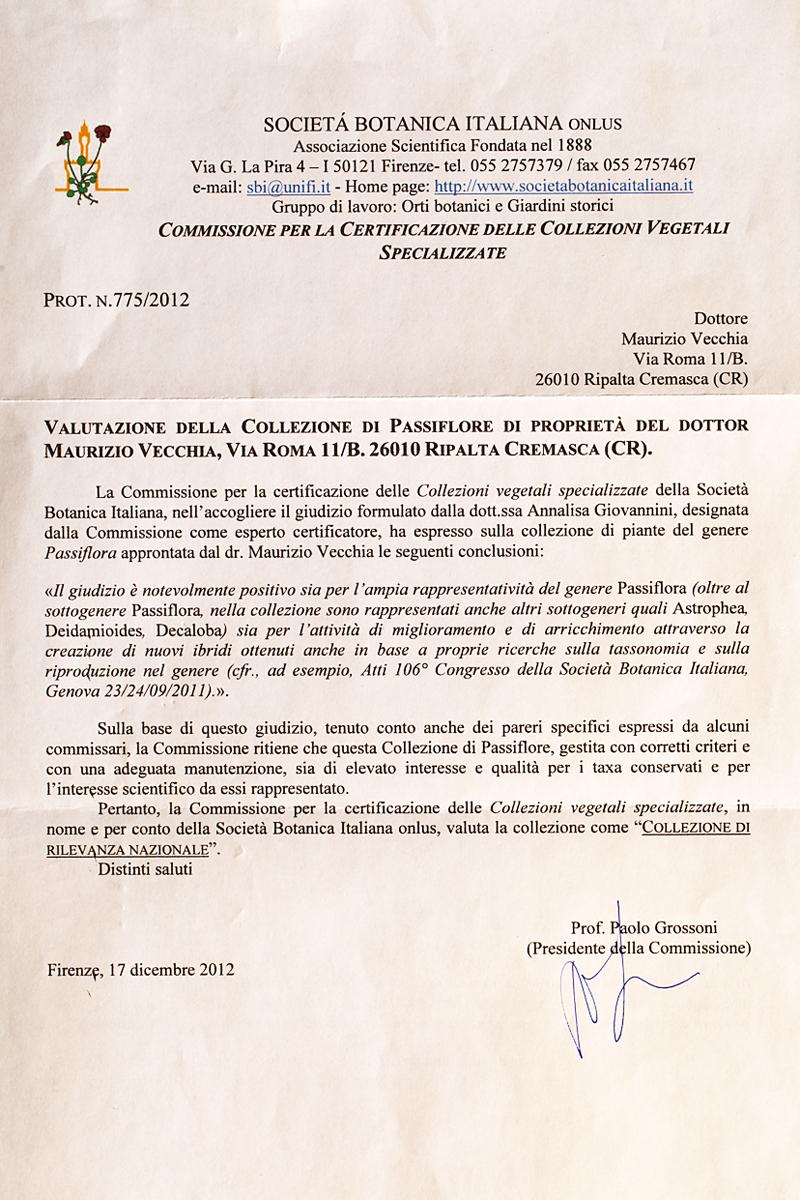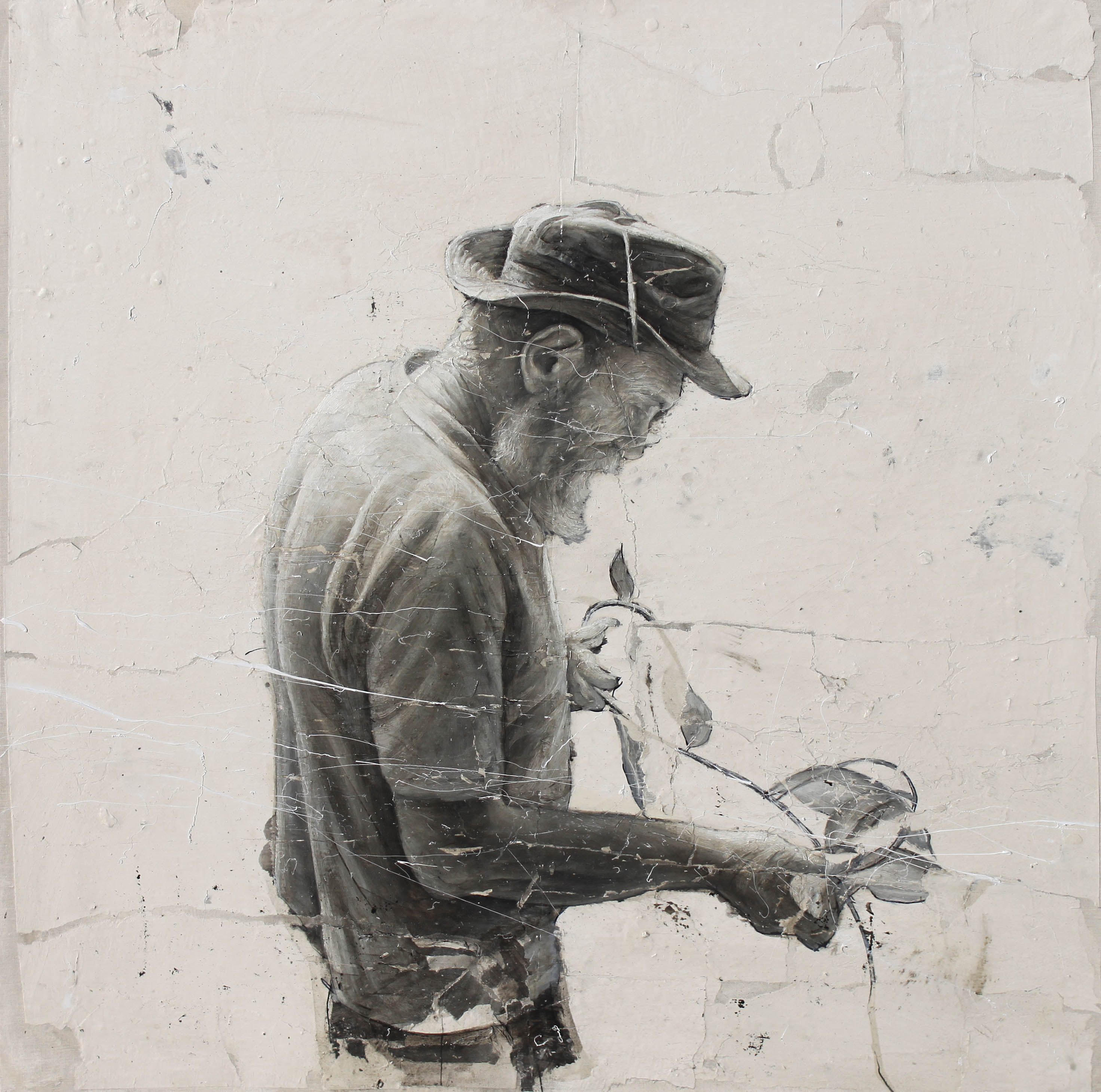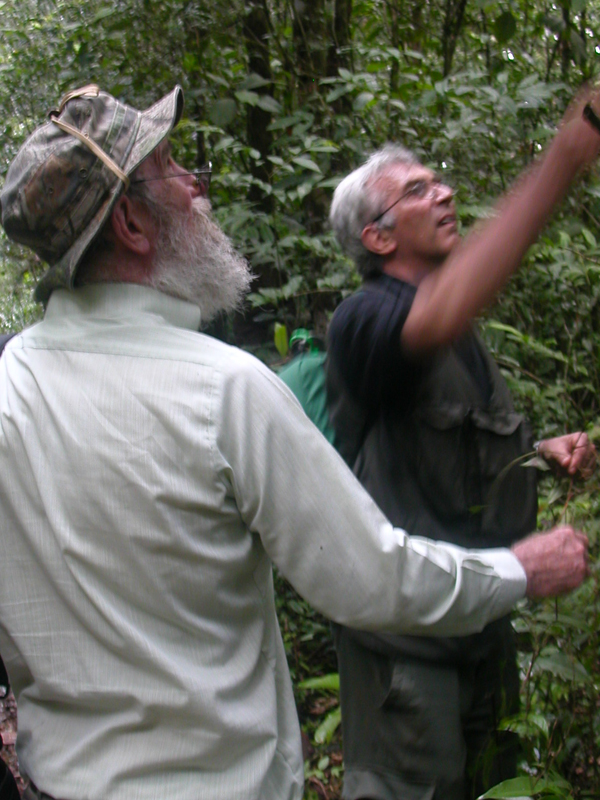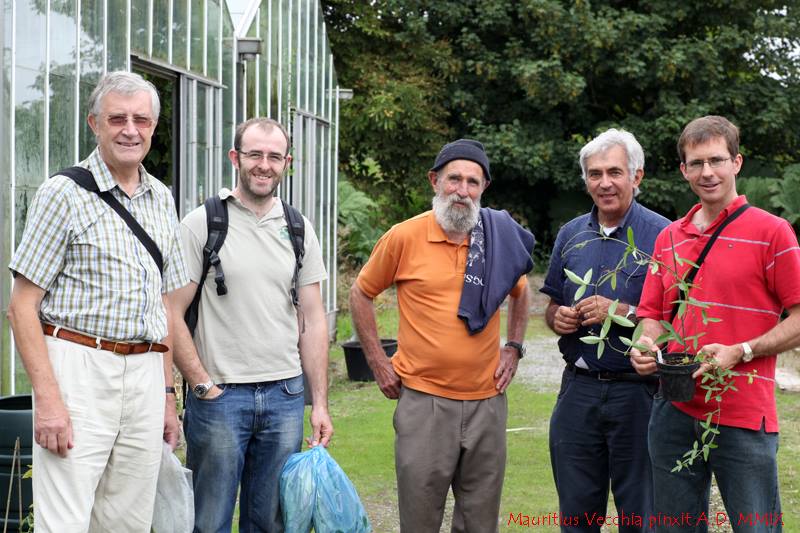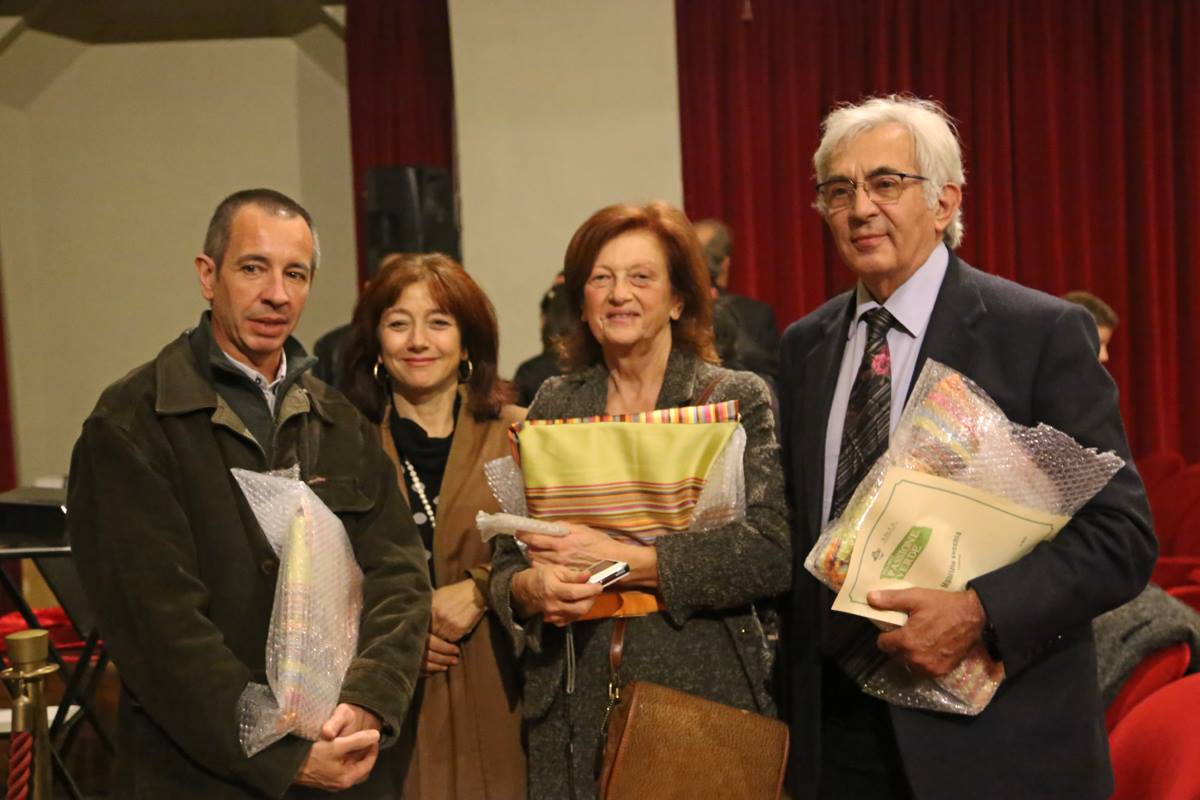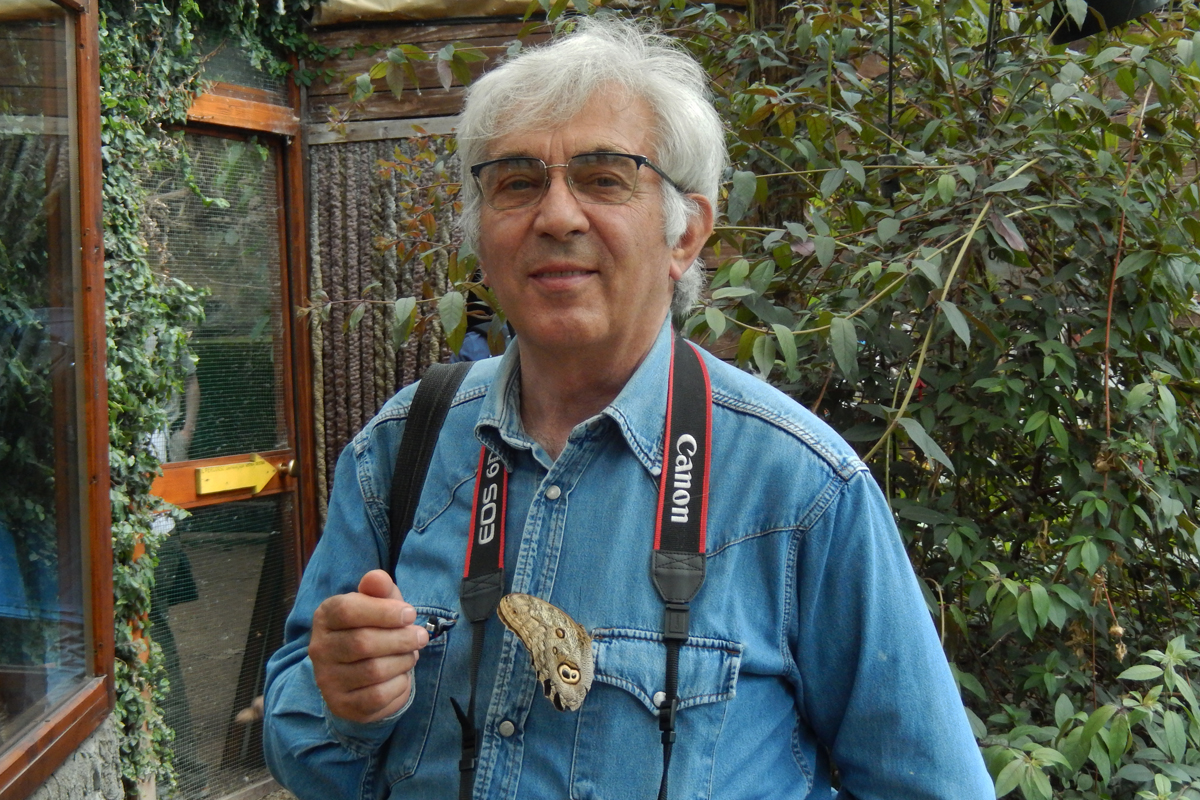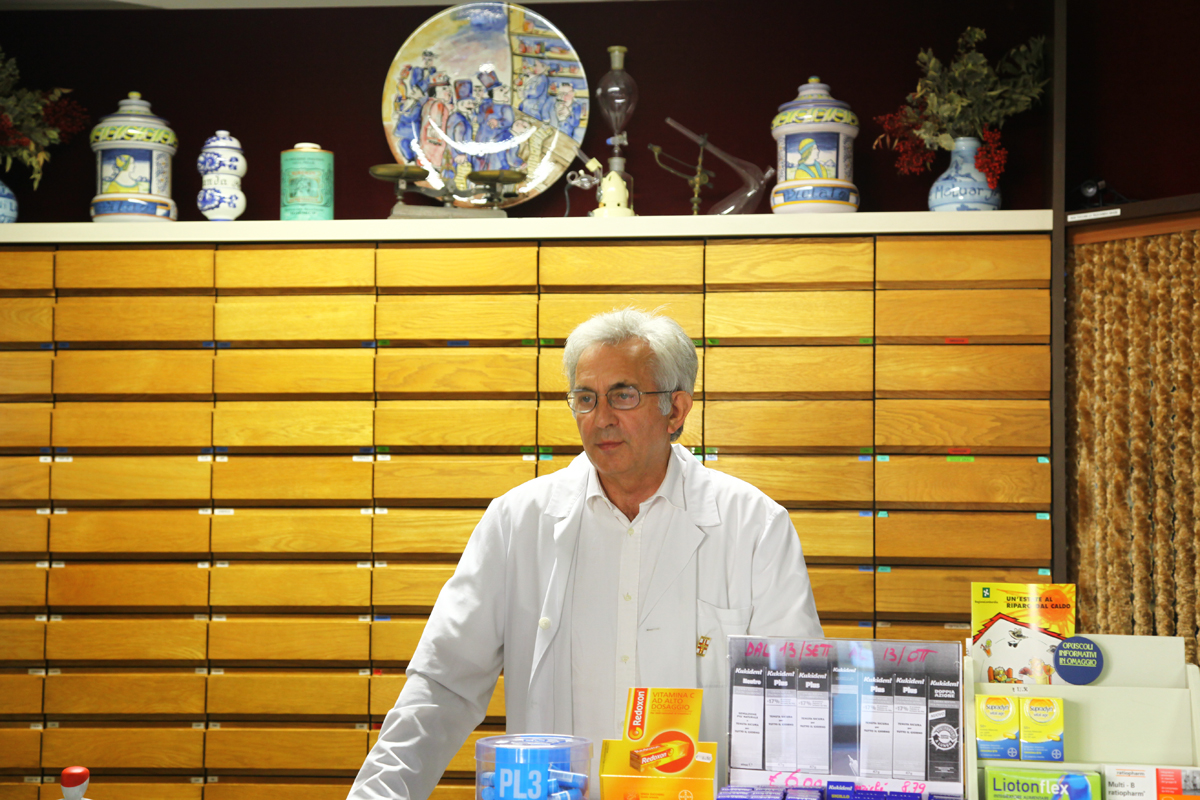PASSIFLORA AMAZED ME RIGHT AWAY.
I have always been fond of unusual and rare plants. Passiflora (also known as passion flowers), which I have been studying for years and which I continue to study, never cease to amaze me with their extraordinary peculiarities.
The flowers not only have a simple corolla made up of sepals and petals: they have invented the corona of filaments, a structure that makes them unique, richer and more fascinating. The crown is often drawn with alternate bands of contrasting colour, even complementary to that of the corolla, and at times it is striking and large enough to hide the corolla itself. The power of attraction that passiflora have for pollinating animals, insects, bats and hummingbirds is therefore very high.
Nature loves shapes and colours and is a master at combining them. It has scattered them abundantly in the genus Passiflora .
But it is not only this that characterises them. There are other, more discreet morphologies which denote a particular evolutionary intelligence of this botanical genus: the petiole glands, leaf glands and bract glands.
These are small structures that emit nectar and attract ants in particular. On the upper lamina of the leaves they perform a mimetic function, imitating newly laid butterfly eggs. The butterflies are induced to go elsewhere, so that the plant does not run the risk of being defoliated by greedy caterpillars.
The origin of the name Passiflora has been attributed to the first missionaries who arrived in South America. They believed that the centre of the flower represented the symbols of the crucifixion: the five wounds, the three nails, the crown of thorns and the column of flagellation. These religious called the plants Flos Passionis, flower of the passion of Jesus Christ, transformed by Linnaeus in 1753 into Passiflora.
My first encounter with a passiflora, the common Passiflora caerulea, enchanted me immediately: its morphologies intrigued me, inspiring me to learn more.
I soon discovered that there is no one passiflora but many passifloras, all belonging to a vast genus that includes over 600 species and hundreds of hybrids.
In my studies I drew on numerous specialised texts and began to create a collection. I bought some seeds and obtained the first seedlings of species still unknown in Italy. At the end of the 1980s, an article of mine (perhaps the first in Italy) appeared In the magazine 'Giardino Fiorito', with the descriptions and images of eleven passifloras: the embryo of my collection.
By the end of the 1990s I already had a collection consisting of a few dozen plants. In the meantime, I had met other enthusiasts, such as John Vanderplank, custodian of the prestigious 'National Collection of Passiflora', author of the first complete text (Passion Flowers and Passion Fruits, 1991), a talented hybridiser and discoverer of numerous new species. I have visited his greenhouses many times. I started a fruitful collaboration with him and also embarked on a research trip to French Guiana where a herbarium of indigenous passifloras was created on behalf of Kew Garden.
I also met French collectors, participating with them on numerous trips to Guyana. This land is rich in species of passifloras, so much so that, the first time, the most expert told me: "Maurizio, in Guyana there are passifloras everywhere". And it was true: many, beautiful, colourful and eye-catching. Walking those paths, immersed in centuries-old forests, was pure enthusiasm for me. On one occasion, the French brought me back to the path by force, telling me that there were jaguars and snakes and that I had ventured too far into the vegetation, disappearing from their sight.
The explorations increased my knowledge and allowed me to discover numerous species in their habitat. We collected fruit and small plants that grew spontaneously. My photographic documentation of these adventures is rich and interesting.
We took motor canoe trips along the rivers of Guyana. The vegetation reached down to the shore and sometimes large branches of passiflora full of flowers and fruit hung over the water.
In the forest there were numerous other species of plants, very trees with buttress roots, climbing plants, shrubs, araceae and epiphytes, including orchids. A fantastic world in which I felt ignorant: I immediately wanted to know the name of those strange and curious flowers. Often I was able to identify the family they belong to and this was already a good result.
Over time I have equipped myself with a small greenhouse and the tropical rarities I have collected on my travels have grown and flourished there. The rarest and most mysterious species, Passiflora cirrhiflora, opened its flowers in the winter of 2003. It was an exceptional event, perhaps the first in Europe.
I made another unforgettable trip to Brazil with a Swiss friend. On several occasions, we had to climb steep and tiring slopes, such as those of Pico do Frade. We found several species by going into colder mountainous areas just to discover species more resistant to low temperatures.
In all these years my collection has grown, both of passifloras purchased or obtained through exchanges with other enthusiasts and of the many hybrids I have produced since 1997. I have counted 68 so far, but I think some have escaped me. Many of these are still alive and have spread everywhere, including in the United States. When possible, I have tried to combine beauty and colour with resistance to cold of the Po valley where I live.
One of my hybrids in particular has been very successful: the Passiflora 'Fata Confetto'. Generous, it has a large flower, (at least 10-12 cm) with a spectacular curled crown featuring alternating bands of violet and white. The posture is vigorous and even intrusive. It can exceed 15 metres in width. Its hardiness is also incredible: at least -16°C in my garden. This plant goes to rest in winter and reappears in spring from root suckers, more and more numerous from year to year. The ideal location is along a fence. In this case, in summer it creates a large and impenetrable curtain of flowers, leaves and fruits. The latter are edible and taste good.
I have refined my photographic technique (close-up photography) in order to create images of remarkable beauty and precision. I currently have thousands of photographs, visible on this site and on Flickr (https://www.flickr.com/photos/49012833@N07/), which I use to create unique and particularly attractive posters.
My studies continue. There are new plants in cultivation, and I keep in contact with collectors, explorers and friends from all over the world. In fact, a common passion for the world of passiflora has introduced me to extraordinary people. I cannot mention them all here, however some of them in particular accompanied me in the quest for knowledge: John Vanderplank (National Collection of Passiflora, U K.), Miguel Molinari (Venezuela, expert plant hunter and discoverer of new species), Guglielmo Betto (author of books that introduced me to the world of botany, unusual plants, tropical fruits and passifloras), Luciano Noaro (unique and special nurseryman because he combined his work with passion and rare knowledge), Prof. Flavia Guzzo (University of Verona, who has carried out interesting studies on the secondary metabolites of some species of passiflora and created, among others, in vitro germination protocols for embryos taken from seeds), Dr. Tito Schiva (from whom I learned so much and who is my consultant for any problem, botanical and plant physiology), Dr. Annalisa Giovannini (valid researcher at the Experimental Institute of Floriculture, Sanremo, where she created a collection of passifloras and published in vitro propagation protocols), Dr. Luca Braglia (who did his utmost for me in the field of micropropagation and molecular analyses), Dr. Jacopo Calevo (whose deep botanical preparation has amazed me on several occasions), Rebecca Ingenhof and Carlos Magdalena (technicians at Kew Gardens, who helped me obtain precious cuttings), the prestigious Zappelli Giardini Nursery in Crema because, thanks to the current owners, I can shelter my collection in their large greenhouses in winter ... and many more.
Here I cannot forget François Thuys, tireless explorer together with Christian Houel, with whom I travelled to French Guiana and who unfortunately passed away in 2019.
Creating new hybrids keeps me busy as ever.
In all these years, the interest in
passiflora has spread widely thanks to the numerous conferences I have held throughout
Italy, and today there are many enthusiasts both in Italy and abroad. There are specialized nurseries in Italy, such as the Azienda Agricola D'Aleo (Sicily, San Giuseppe Jato) and groups on social media: there are many on Facebook.
Passifloras have finally obtained their
well-deserved recognition in general culture and have entered gardens and
homes.
I am convinced that in this ancient genus of plants there are secondary metabolites, currently unknown, but with surprising therapeutic properties. I hope that in-depth studies will be undertaken to discover these substances and that some tycoon, like Elon Musk, will take charge.
It would be important to establish an 'Institute of the Passiflora' equipped with adequate greenhouses with botanists and technicians to cultivate and study this vast and evolved genus of plants, making first a large collection visitable and, at the same time, prepare extracts and secondary metabolites to test their therapeutic properties. New important drugs will certainly be found.

